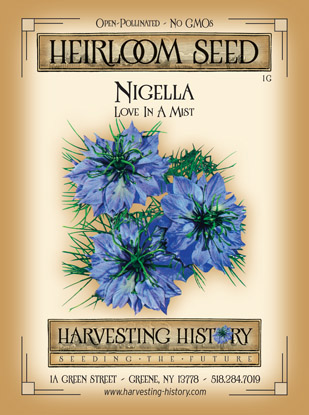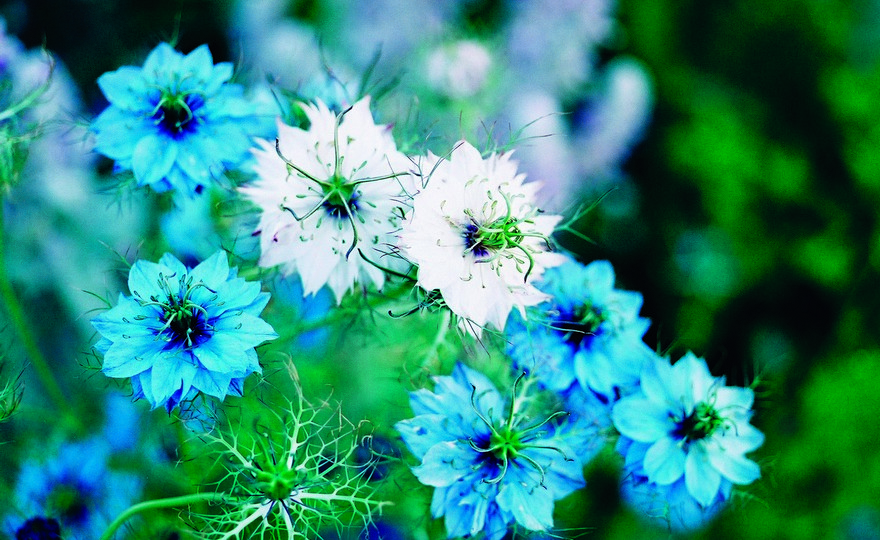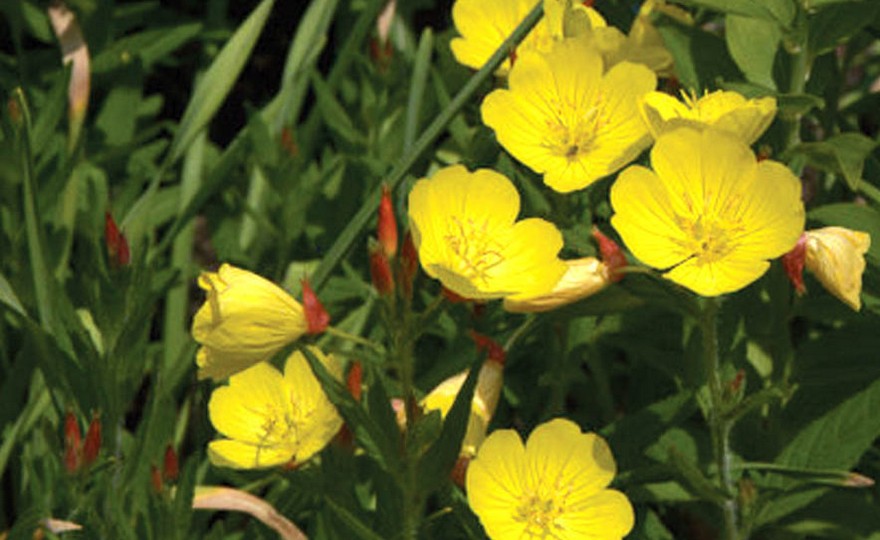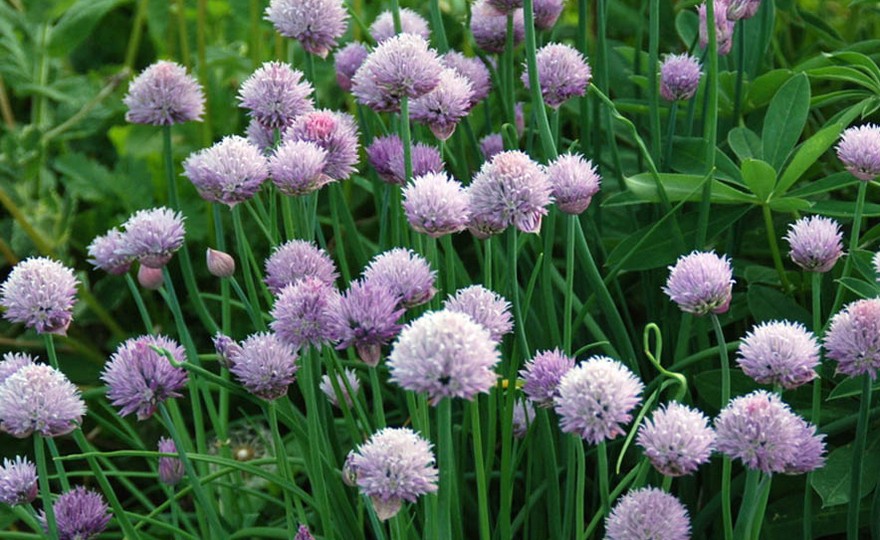
Nigella, Love In A Mist
-
- **SOLD OUT** HOLIDAY GIFTS **SOLD OUT**
- **SOLD OUT** Holiday Books **SOLD OUT**
- **SOLD OUT** Holiday Citrus **SOLD OUT**
- **SOLD OUT** Holiday Gift Certificates **SOLD OUT**
- **SOLD OUT** Holiday Paperwhites **SOLD OUT**
- **SOLD OUT** Holiday Praying Mantis Kits **SOLD OUT**
- **SOLD OUT** Holiday Tools **SOLD OUT**
- **SOLD OUT** Holiday Wildflower Mixtures **SOLD OUT**
- Citrus Trees
- **SOLD OUT** - Vegetable and Herb Plants - Mix & Match any 6 Plants for $50 - Only Shipped in Quantities of 6
- Elephant Ear Plants & Roots
- **SOLD OUT** 4-Inch Pot Herb Plants **SOLD OUT**
- Rare Plants
- **SOLD OUT** Vining Plants **SOLD OUT**
- Asian Seeds
- Beneficial Bugs
- Books
- Citrus Fertilizers
- Cold-Treated Bulbs - SEE BULBS FOR FALL PLANTING TO ORDER
- Cold-Treated Allium
- Cold-Treated Chionodoxa
- Cold-Treated Crocus
- Cold-Treated Hyacinthoides
- Cold-Treated Hyacinthus Orientalis
- Cold-Treated Narcissus
- Cold-Treated Cyclamineus Narcissus
- Cold-Treated Double Heirloom Narcissus
- Cold-Treated Jonquilla Narcissus
- Cold-Treated Large Cupped Narcissus
- Cold-Treated Poeticus Narcissus
- Cold-Treated Small Cupped Narcissus
- Cold-Treated Species Miniature Narcissus
- Cold-Treated Split Cupped Narcissus
- Cold-Treated Tazetta Narcissus
- Cold-Treated Triandus Narcissus
- Cold-Treated Trumpet Daffodils
- Cold-Treated Ornithogalum
- Cold-Treated Rock Garden Iris
- Cold-Treated Scilla
- Cold-Treated Tulips
- Cold-Treated Emperor Tulips
- Cold-Treated Fringed Tulips
- Cold-Treated Green or Viridiflora Tulips
- Cold-Treated Lily Flowering Tulips
- Cold-Treated Parrot Tulips
- Cold-Treated Peony Flowering Tulips
- Cold-Treated Single Early Tulips
- Cold-Treated Single Late Tulips
- Cold-Treated Species Tulips
- Cold-Treated Triumph Tulips
- Flower Bulbs, Corms and Tubers
- Bulbs for Spring Planting
- Bulbs for Fall Planting - ALL BULBS AVAILABLE ARE COLD TREATED FOR PLANTING AS SOON AS SOIL CAN BE WORKED
- Fall Blooming Bulbs
- Garden Tools & Equipment
- Gift Certificates
- HHH Exclusive Wildflower Mixtures
- Wildflower Mixtures
- Heirloom Garlic
- Potatoes
- Roots & Sets
- Seeds
- Flowers
- Herbs
- Vegetables
- **SOLD OUT** HOLIDAY GIFTS **SOLD OUT**
-
- No products to compare
-
73 in stock
Quick Overview
Nigella, Love In A Mist
For best results, plant the Nigella seeds in the fall. The plants will begin to bloom in late July or early August. If deadheaded regularly, they will continue to bloom until frost. For drying, deadhead until the last flowers have bloomed and then let these flowers produce the seed pods for drying. Seeds can also be planted in early spring, but plants will bloom very late and may not bloom at all.
| Type | Spacing | Planting Depth | Days to Germination | Maturity |
| Annual | 6 in. | 1/2 in. | 10-14 | 45-60 |

Nigella, Love In A Mist
Nigella, also known as Love-In-A-Mist, Jack-In-The-Green or Lady-In-The-Bower, is an annual and member of the Ranunculus Family. It is native to southern Europe and the northern regions of Africa. It has been cultivated in British and European gardens since 1548, but it has been known since Biblical times when in Isaiah 28:27, it was called the “Bitter Fitch”. The name Nigella comes from the word, niger, which means black. It refers to the color of the seeds which are used in medicinal and culinary applications. The seeds, when crushed into a paste, were used to banish freckles. The leaves are used in various recipes as an aromatic. The plant was introduced into the United States by colonists in the 1600’s. The colonists cultivated the plant for its exotic looking blossoms that made excellent cut flowers and for its seeds and leaves which they used in their cooking. Joseph Breck in his 1851 book, The Flower Garden, described the plant in this way, “…The species are curious or neat little plants, with fine-cut leaves, like fennel…In some parts of Europe, the leaves and seed…are used in cookery, instead of more expensive aromatics. They are also said to be extensively used in the adulteration of pepper…Flowers in a leafy involucre.” The original Nigellas were 2 or more feet tall and produced blue flowers. By the end of the 16th century, a white flowering Nigella had been developed along with double flowering forms. Plants today are much shorter, approximately 8 inches, and come in a variety of colors including pink, rose, white, blue and purple. The seed pods which resemble tiny blowfish are easy to preserve and provide dried arrangements with some exotic interest. Nigellas are very easy to grow from seed. They perform best in poor soil and full sun and they are prolific reseeders. Once established, they tend to perpetuate themselves year after year.






